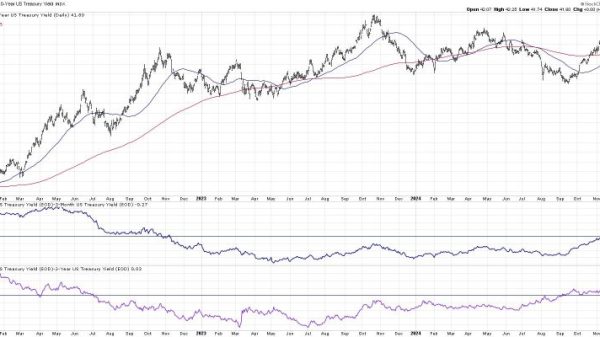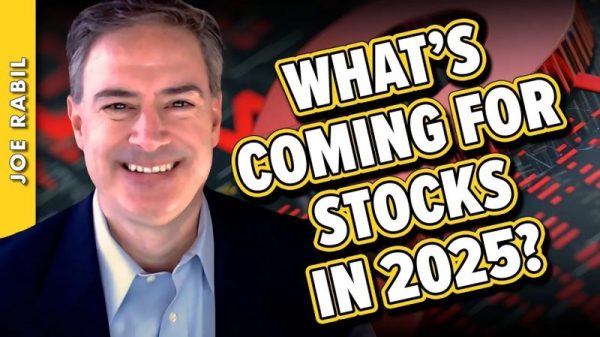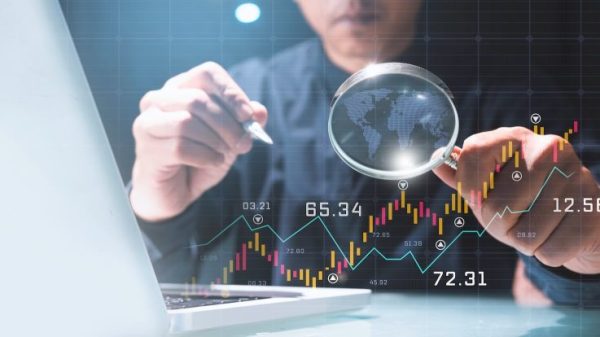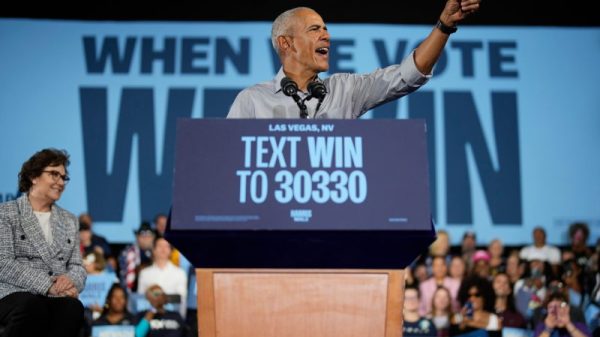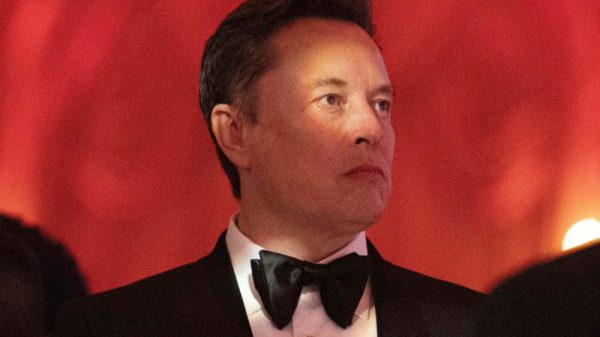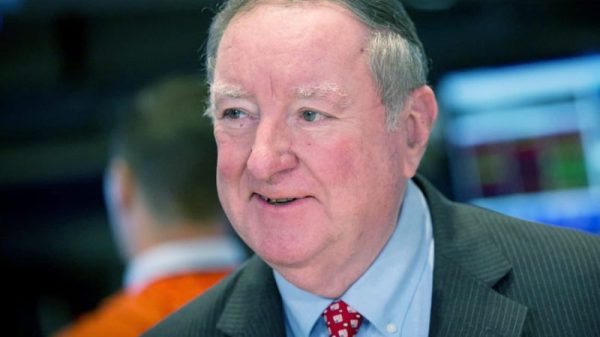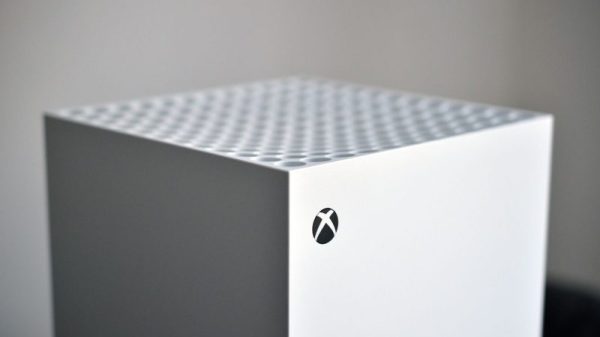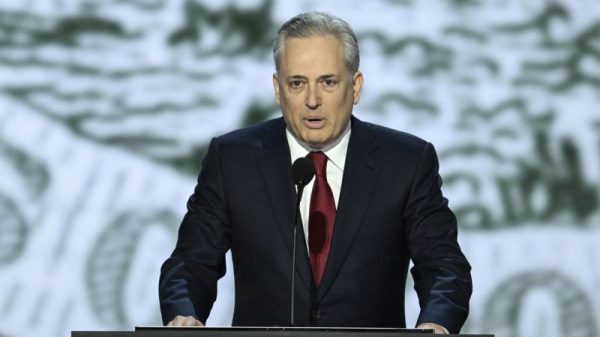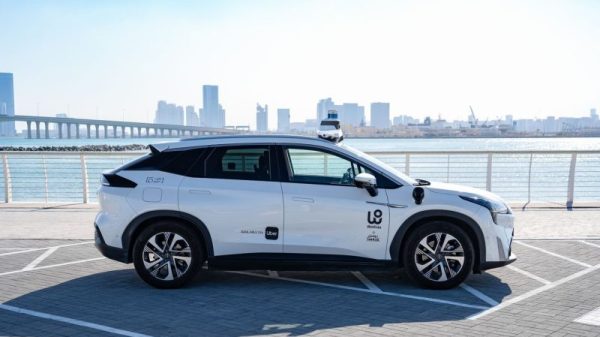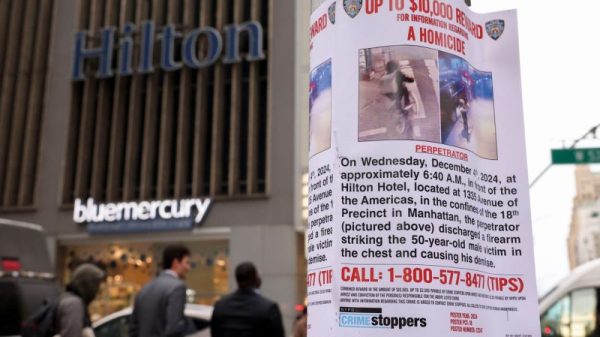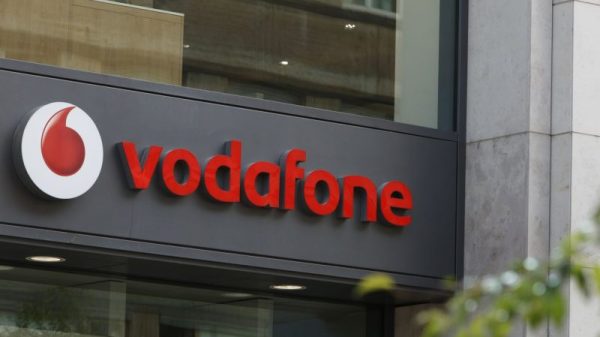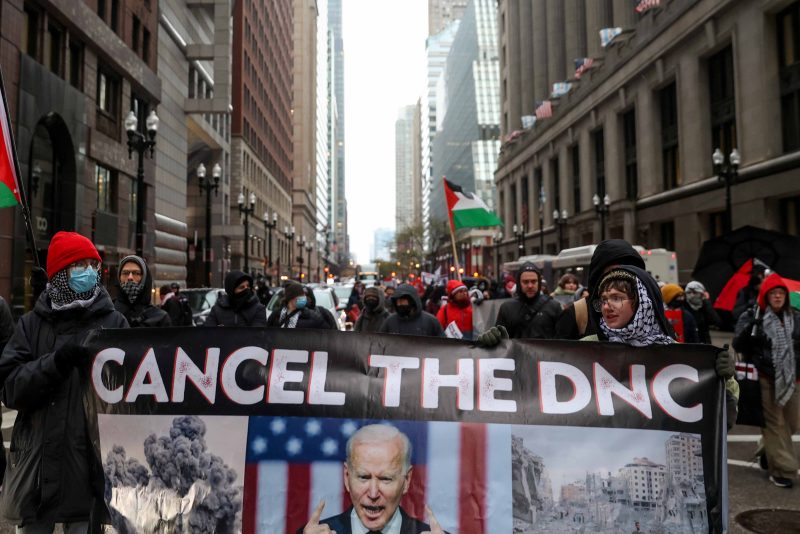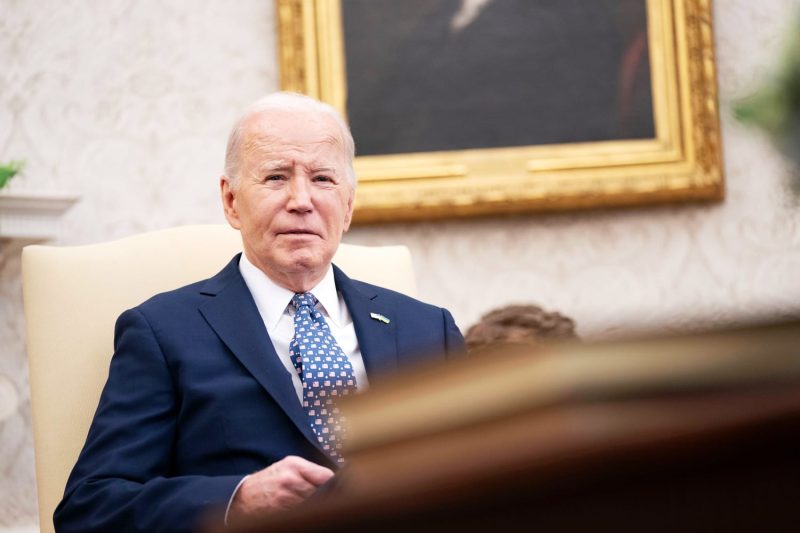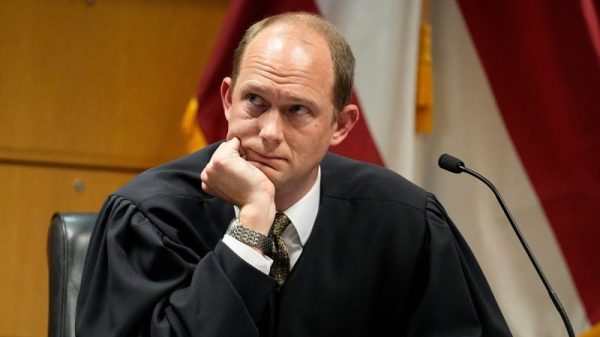The Link Between Protests and Political Conventions
Political conventions have long been a cornerstone of the American democratic process, serving as platforms for parties to showcase their plans, nominate their candidates, and rally their supporters. However, in recent years, these events have also become lightning rods for protest and dissent, as various groups seek to make their voices heard and influence the political discourse. The upcoming Democratic National Convention in August is no exception, with Democrats bracing themselves for potential massive protests that could potentially disrupt the event.
The ability of citizens to protest and express their grievances is a fundamental aspect of a healthy democracy. Peaceful protest has historically played a crucial role in shaping public opinion, mobilizing support, and effecting change. From the civil rights movement to anti-war demonstrations, protests have often been instrumental in pushing the boundaries of political debate and holding leaders accountable.
In the context of political conventions, protests can serve multiple purposes. They can be a way for marginalized groups to highlight their concerns and demand recognition from political parties. They can also be a means of expressing dissatisfaction with the status quo and advocating for policy change. In some cases, protests at conventions have even succeeded in influencing party platforms and priorities.
However, the prospect of massive protests at a political convention also raises concerns about potential disruptions and conflicts. In recent years, we have seen instances of protests turning violent, clashes with law enforcement, and security threats at major political events. Such incidents not only pose risks to public safety but also overshadow the message and goals of the protesters.
For political parties and convention organizers, managing protests requires a delicate balance between upholding the right to free speech and ensuring the smooth functioning of the event. Strategies such as designated protest zones, dialogue with protest organizers, and coordination with law enforcement are often employed to mitigate tensions and maintain order.
Ultimately, the interaction between protests and political conventions reflects the complex and dynamic nature of American democracy. As we approach the upcoming Democratic National Convention, it is essential for all stakeholders to respect the rights of protesters, uphold the rule of law, and engage in constructive dialogue to address grievances and advance the common good. By navigating these challenges with transparency, empathy, and resilience, political parties can turn protests into opportunities for dialogue and reconciliation, fostering a more inclusive and participatory democratic process for all.



